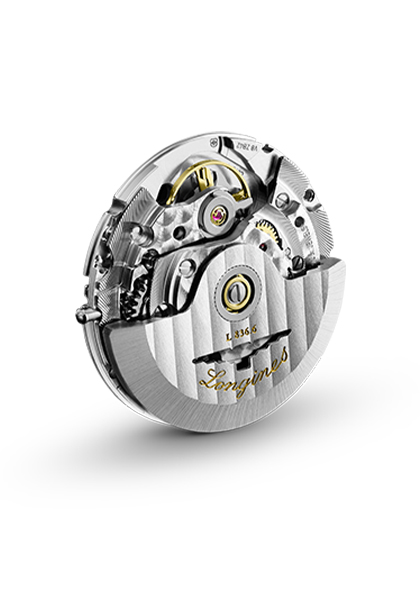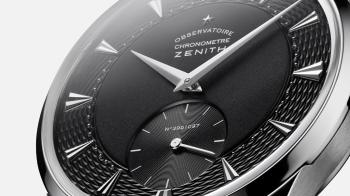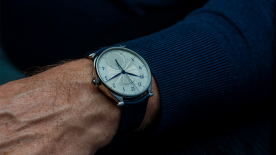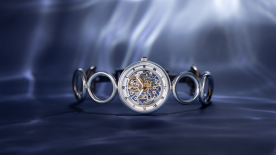A few days apart, two seemingly very different but actually similar projects have emerged. What they have in common is the celebration and revival of Swiss chronometry's golden age. The Zenith Caliber 135 Obervatoire Limited Edition and Longines Ultra-Chron are born from comparable roots in chronometry competitions.
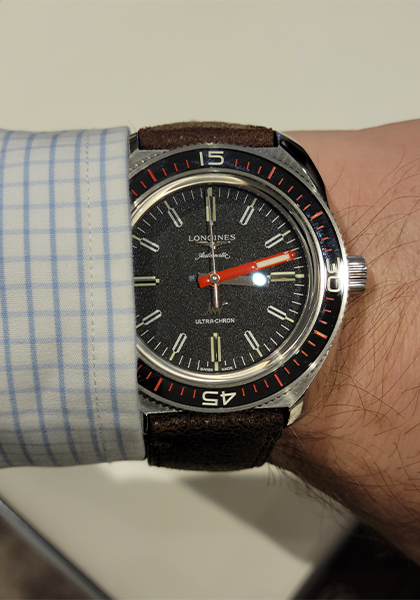
It's a pity, but accuracy is not a very efficient sales argument. Chronometric certification like the COSC's is increasingly used by brands, but its criteria are not very stringent and haven't changed in over forty years. Chronometry contests are dead and gone. The most expensive and sophisticated timepieces, tourbillons of all types and constant force devices almost never display as good results as, for example, Rolex's in-house Superlative Chronometer certification. And the latter is one quality argument among the many the brand has to offer. Chronometry is not a crowd-pleaser anymore.
It used to be though, until the late 1970's. Brands confronted and bested one another, by fractions of a second daily rates and pinches of points won during Observatory accuracy competitions. To that order, they employed the best movement precision timers. They were the pride of the land, deservedly so. It is in direct reference to these times that Zenith is launching the Caliber 135 Obervatoire.
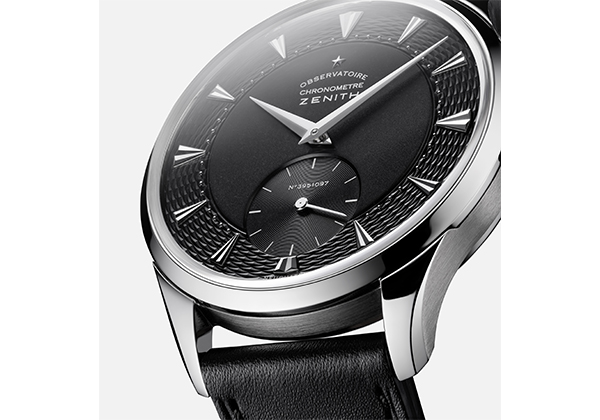
The calibre inside has reigned supreme over post-war chronometry. Thanks to its simple, efficient and light construction, calibre 135 has won no less than 230 chronometry prizes. Zenith have laid their hands on ten of them, from the O type, O as in meant for Observatory competitions. They all partook and won category 1 prizes.

They're fitted inside a gorgeous, 38-mm, platinum case, under a solid silver, guilloché, black dial manufactured by Kari Voutilainen's dial-making company. The very man restored and decorated the movements, without straying from their original industrial style. These race horses weren't finished to become beautiful, but to increase accuracy by removing friction points. All ten pieces will be sold at auction by Philips, which is part of this prestigious project.
At the same time, Longines revives the Ultra-Chron, the 1968 Diver version to be exact. Inside, we find the new calibre L836.6, which has several things to show for itself. First is its frequency, 36'000 vph, assisted by a silicon regulating organ. Zenith (well, well !) may have a hold on that figure thanks to the El Primero, but the 5 Hz threshold in a wristwatch had been attained by Longines as early as 1959. Back then, they manufactured their own movements, including the Caliber 360, which served as the matrix for the Ultra-Chron denomination.
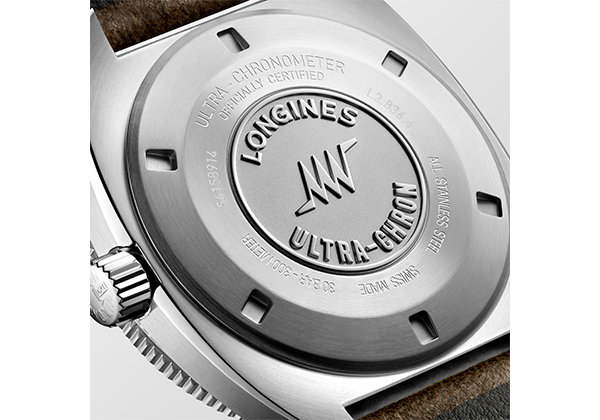
Longines frequently revives past watches as part of its Heritage collection. But this piece is about more than just recreating a design and using big figures. It comes with very high ambitions. Longines will put each piece in the hands of TimeLab, a Geneva institution that manages the Geneva Hallmark and does advanced COSC certification. They've created the « Ultra-chronometer » label, using the same testing procedures as the COSC, but with the most demanding criteria ever seen. The daily error rate of the entire watch, not just the movement, must be contained between -1s and +1 s per day. As a comparison, COSC is satisfied with -4s to +5s, Master Chronometer by 0 to + 5s and Superlative Chronometer by -2s to +2s. All of these features come with a very sleek 1970's design and an attractive price of 3'030 €. Two approaches, two price ranges, two legendary stories, one same tribute.
